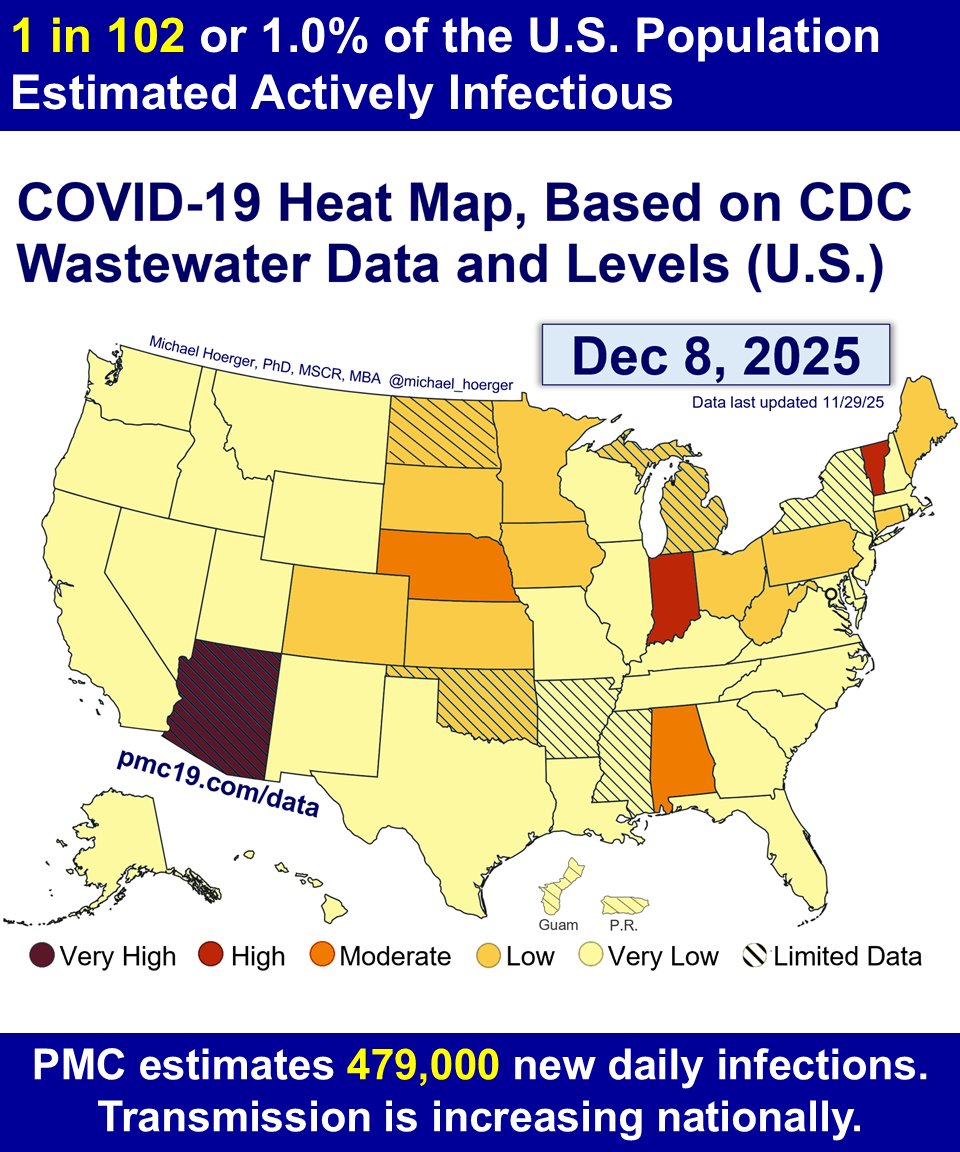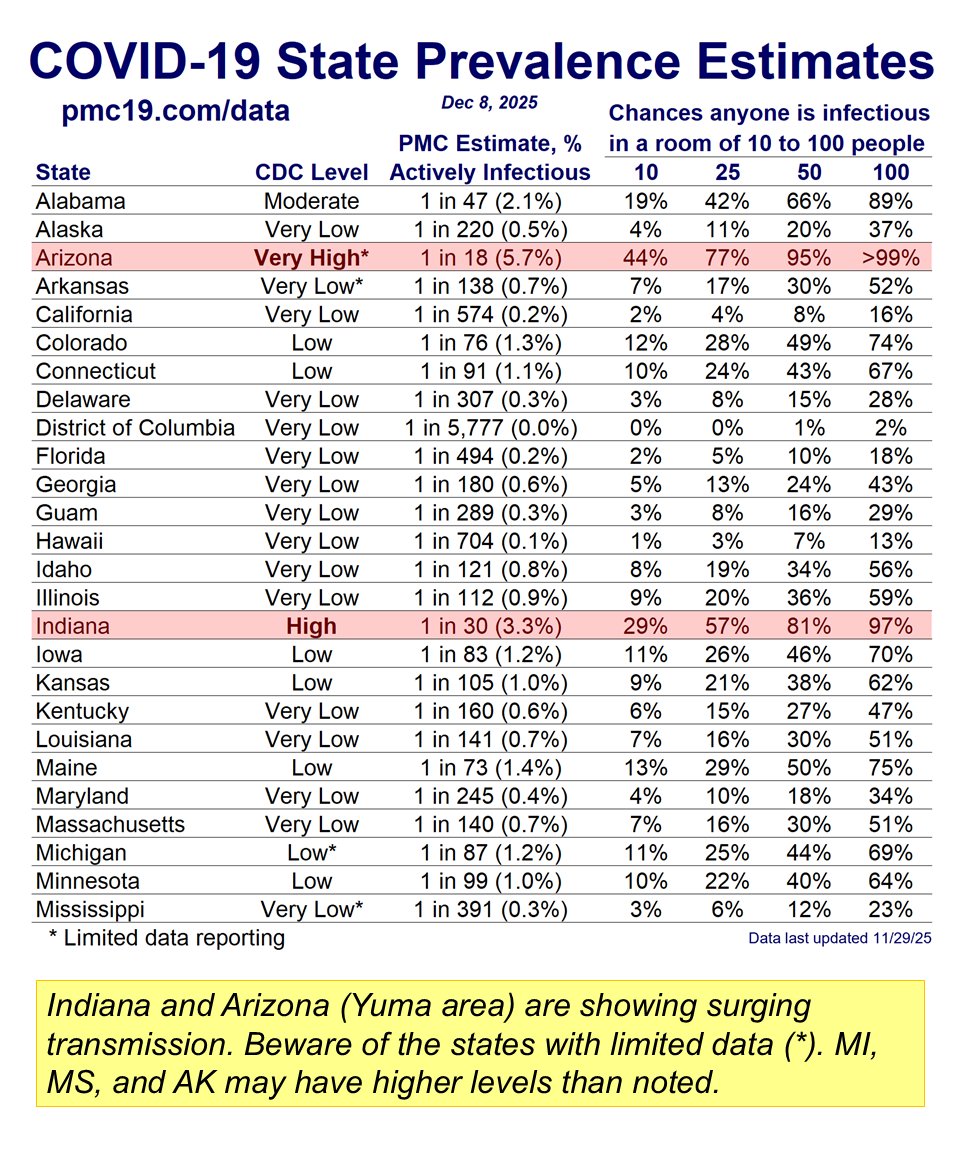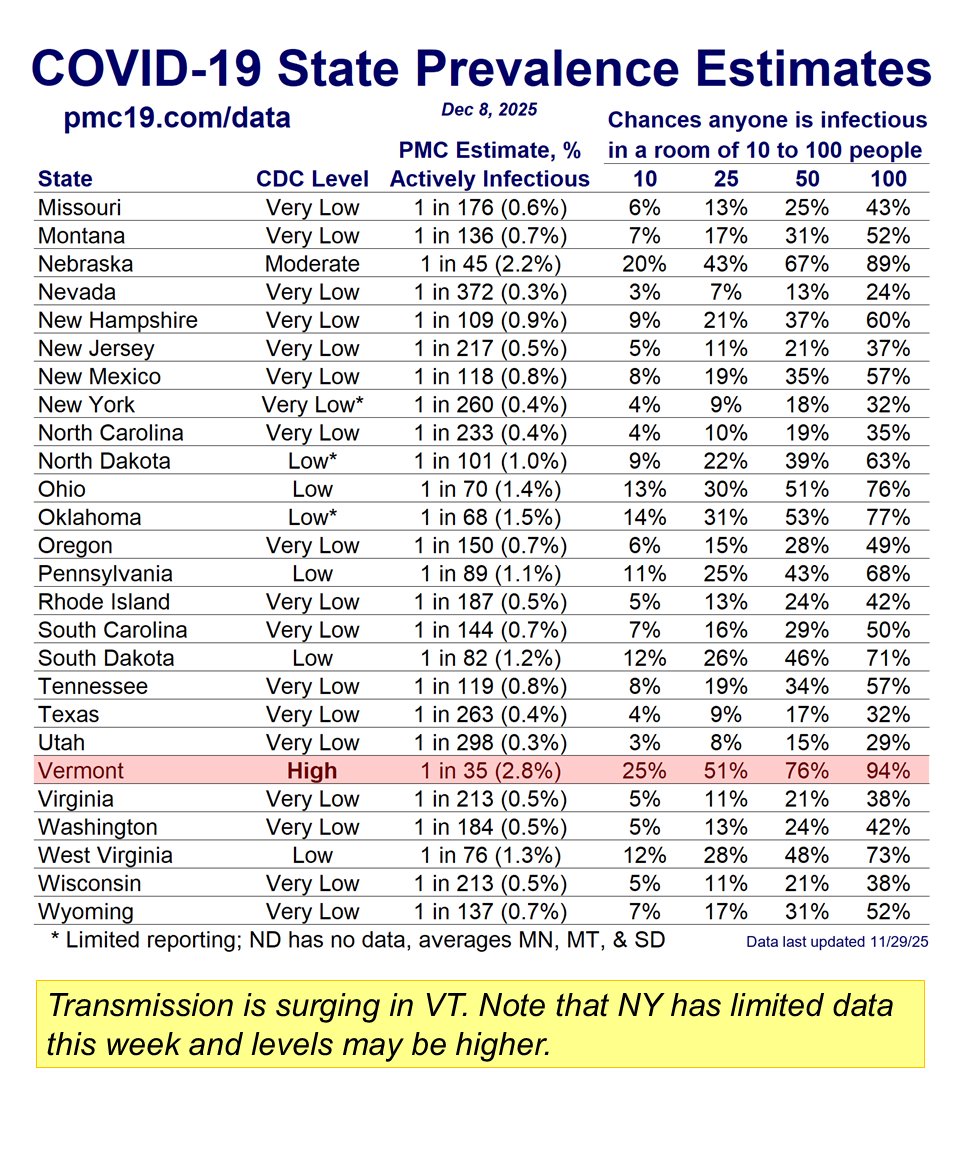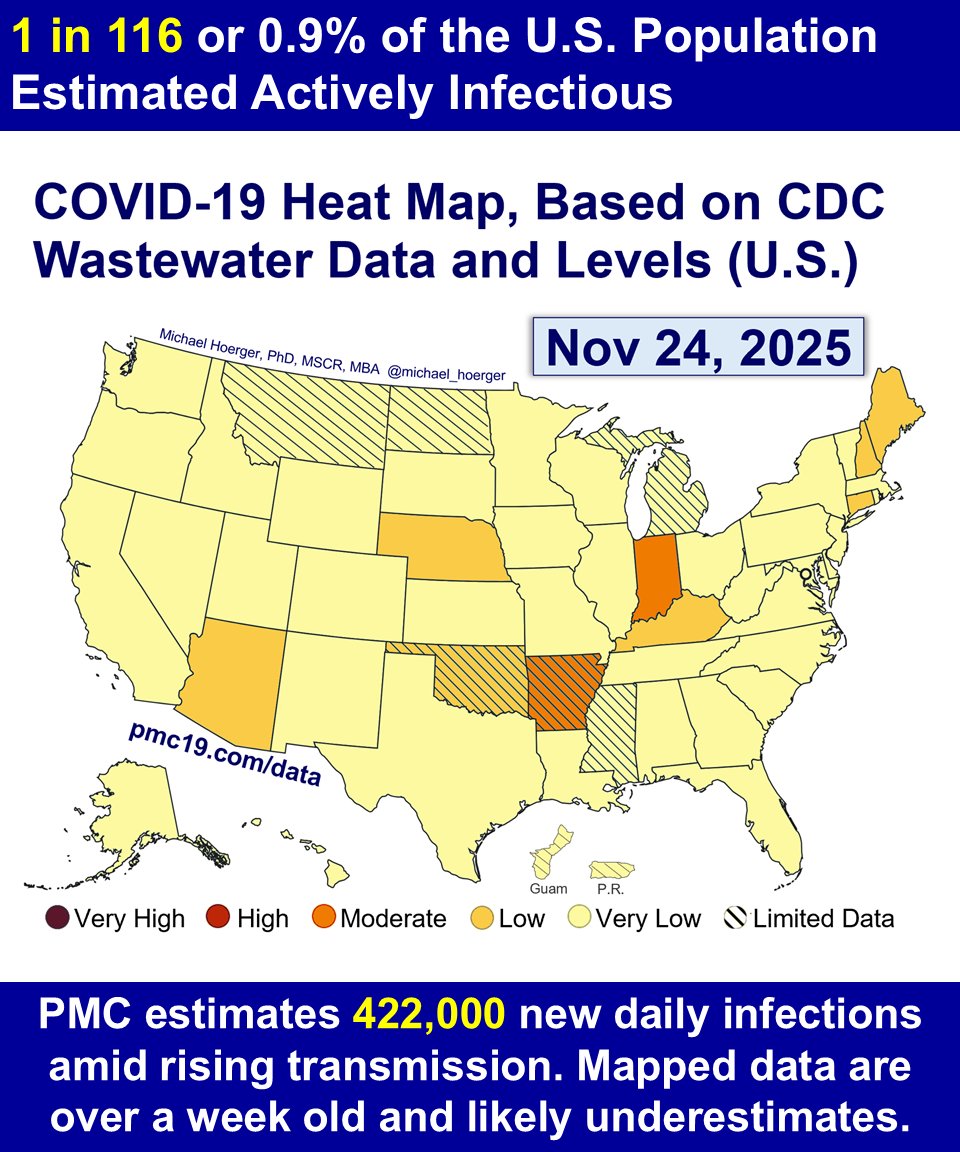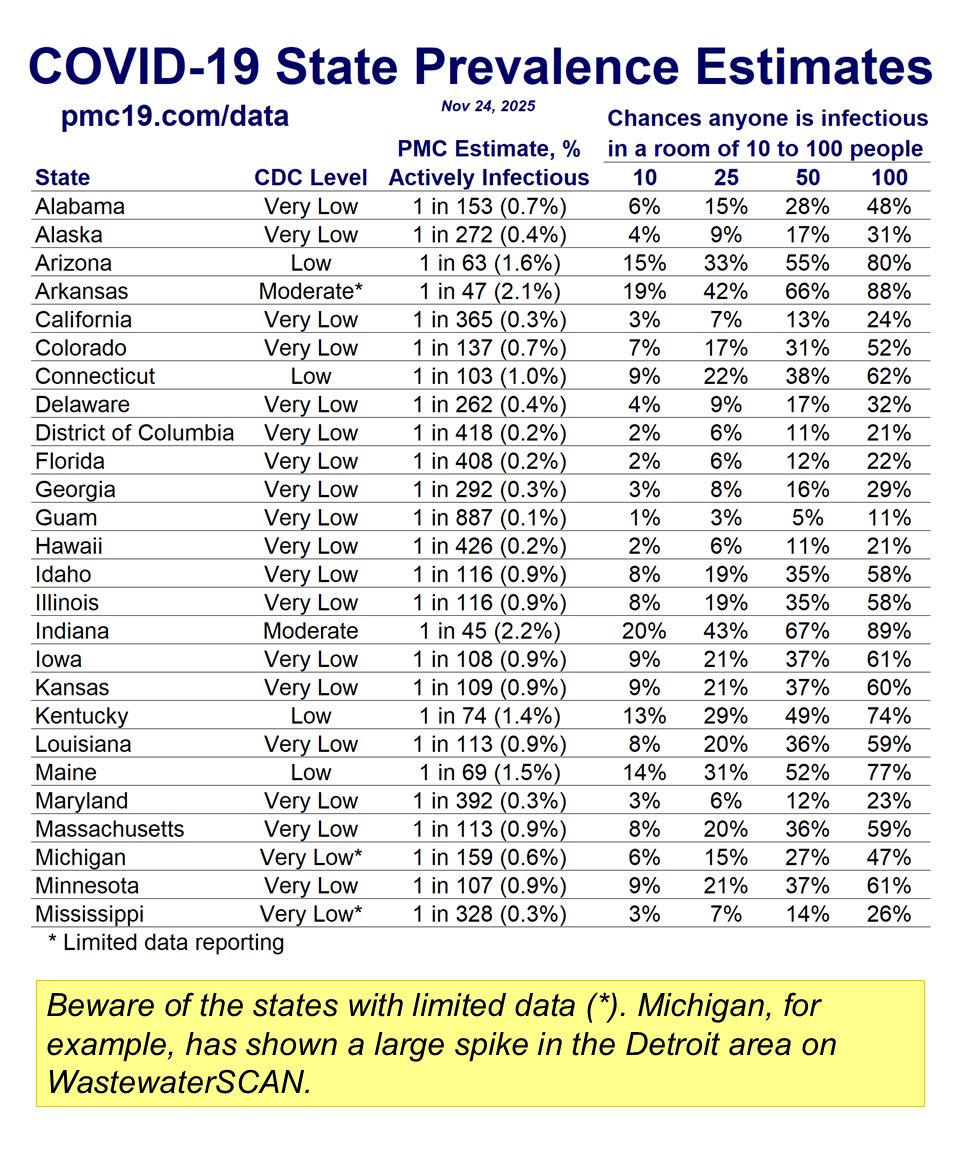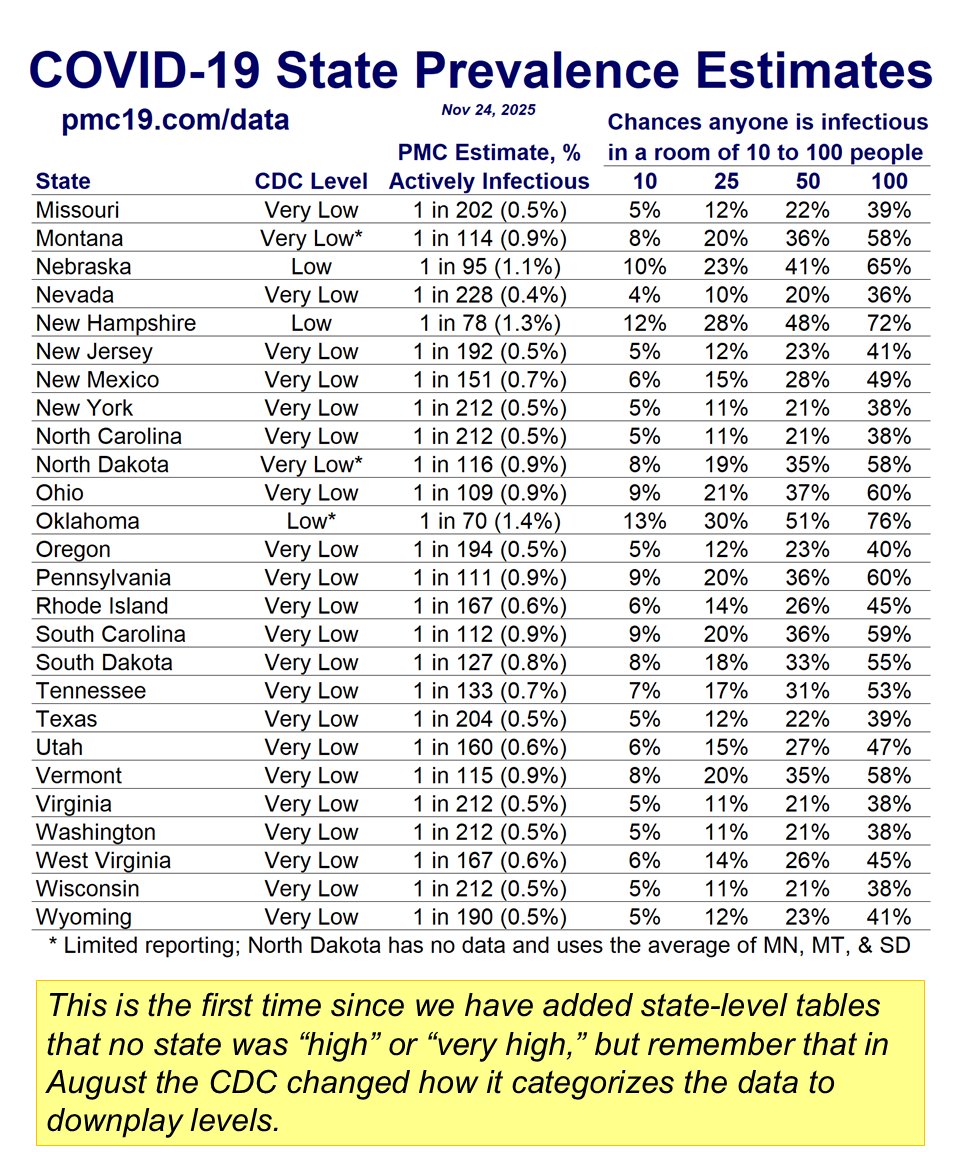1) Here's a quick example of how the federal government is censoring the best scientific research. It's not just cuts to ongoing research.
It's new grant submissions too...
It's new grant submissions too...

2) In January, I re-submitted a promising Covid/cancer grant to a non-federal funder. Hundreds of pages. Hundreds of hours of work. The best proposal I've submitted as a scientist.
Out of curiosity, I used Sean Mullen's Scan Assist tool to see how many banned words it had...
Out of curiosity, I used Sean Mullen's Scan Assist tool to see how many banned words it had...
3) The proposal had 1,750 banned words. No big deal -- they're non-federal.
BUT I had planned to submit a smaller version to NIH this month as a "back up." Impossible!
It's not a matter of using a thesaurus or the find/replace command. The grant is on *Covid*...
BUT I had planned to submit a smaller version to NIH this month as a "back up." Impossible!
It's not a matter of using a thesaurus or the find/replace command. The grant is on *Covid*...

4) Covid is a banned word and -- because grants will be checked with natural language models -- a de facto banned *topic*.
Nobody in their right mind would submit a grant requiring tens or hundreds of hours on a work on a banned topic because...
Nobody in their right mind would submit a grant requiring tens or hundreds of hours on a work on a banned topic because...
5) Even if somehow it snuck through and got funded, it could get defunded at any moment when the topic became apparent.
Anything Covid, health disparities, environmental, etc. is DOA from a federal funding perspective.
BUT I wanted to submit something this cycle...
Anything Covid, health disparities, environmental, etc. is DOA from a federal funding perspective.
BUT I wanted to submit something this cycle...
6) So I brainstormed what I could submit for the June 2025 deadlines. The least controversial idea was basically #17 on my list.
So, instead of the federal government supporting the best science or the 2nd best science or 3rd best science...
So, instead of the federal government supporting the best science or the 2nd best science or 3rd best science...
7) The federal government has banned so many words *and topics* that they are basically left with the 17th best science.
So, I wrote my proposal. It's cool stuff, old stuff I've been working on for the past 18 years, since a PhD student.
I'd rather work on the best science...
So, I wrote my proposal. It's cool stuff, old stuff I've been working on for the past 18 years, since a PhD student.
I'd rather work on the best science...
8) or the 2nd best science, etc. But it's a good study and would help a lot of people.
Each draft of each document, I used Scan Assist to verify that I didn't have any banned words.
You can find a curated list here btw....
pen.org/banned-words-l…
Each draft of each document, I used Scan Assist to verify that I didn't have any banned words.
You can find a curated list here btw....
pen.org/banned-words-l…
9) but the funny thing was that even upon researching the least controversial 17th best idea on my list, banned words kept popping up.
A lot of these words could be used in a controversial context, but generally are not controversial. A few examples are...
A lot of these words could be used in a controversial context, but generally are not controversial. A few examples are...
10) "promote" (like promote better care), "barrier" (like overcome barriers to better care), "political" (like someone having an undergrad poli sci major 30 years ago on their biosketch), "bias" (like statistical measurement error), "continuum" (like levels of symptoms)...
11) It was really striking how many words pop up even in a non-controversial application.
My goal was to submit an application with ZERO banned words...
My goal was to submit an application with ZERO banned words...
12) And today I submitted a federal grant application with ZERO banned words.
BUT this process censors topics (covid, health disparities, environment, LGBTQ health, etc.).
AND many apps will not be funded because they accidentally include banned words...
BUT this process censors topics (covid, health disparities, environment, LGBTQ health, etc.).
AND many apps will not be funded because they accidentally include banned words...

13) You can find Dr. Sean Mullen's Scan Assist tool here:
Please share the tool and my example. Thanks!tinyurl.com/scanassist
Please share the tool and my example. Thanks!tinyurl.com/scanassist
• • •
Missing some Tweet in this thread? You can try to
force a refresh





